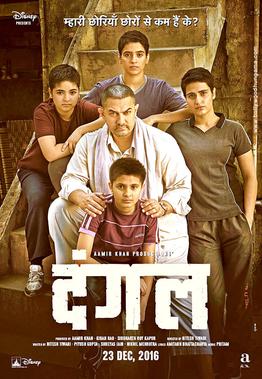In February 2022, around Valentine’s day, I saw a few Japanese movies as part of a Japanese film festival - https://jff.jpf.go.jp/watch/jffonline2022/india/.
Of the 4 movies I saw, one that turned my world upside down was Patema Inverted (サカサマのパテマ, Sakasama no Patema).
What’s this got to do with Design Thinking, you ask. In the solve stage of Karmic Design Thinking, one can use “The Other Way Round” inventive principle from the ARIZ/TRIZ toolkit. This is the core of the movie Patema Inverted.
Design Thinking, as a skill, can be learnt by practicing the methodology on real world problems. I run an online course on Design Thinking on a Govt. of India platform called SWAYAM where close to 40,000 learners have learnt Design Thinking already.
What I have got in return (apart from lots of love 😍) is the variety of questions that have been asked by so many curious learners. This Ask the DT Doc series can be helpful to anyone – a beginner, intermediate or advanced learner of Design Thinking. (Also checkout https://dt.balaramadurai.net for the book on Design Thinking)
This post will cover the question “Could you explain the other way round principle [to generate ideas]?”
Continue reading















